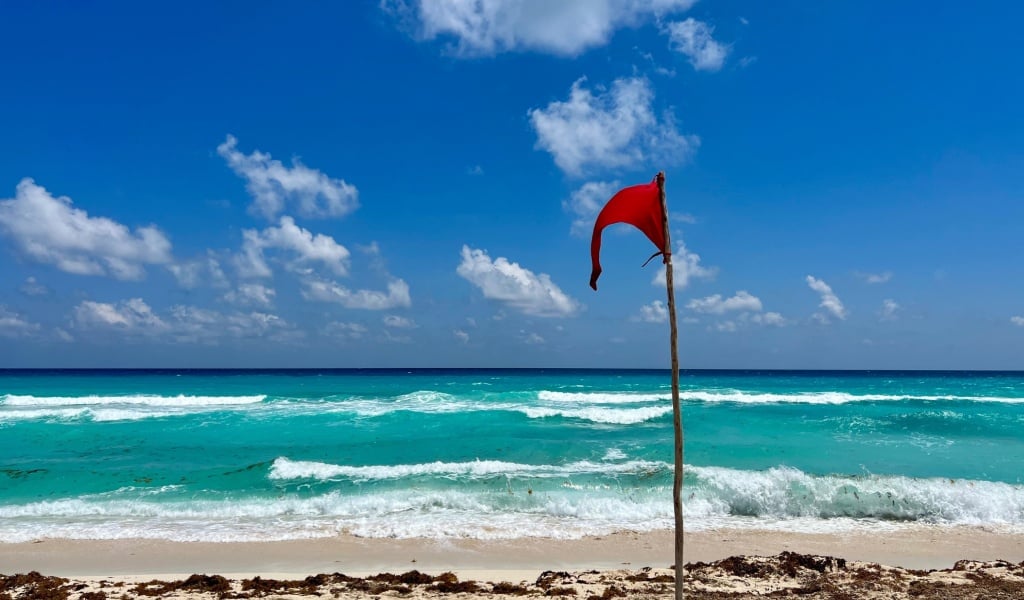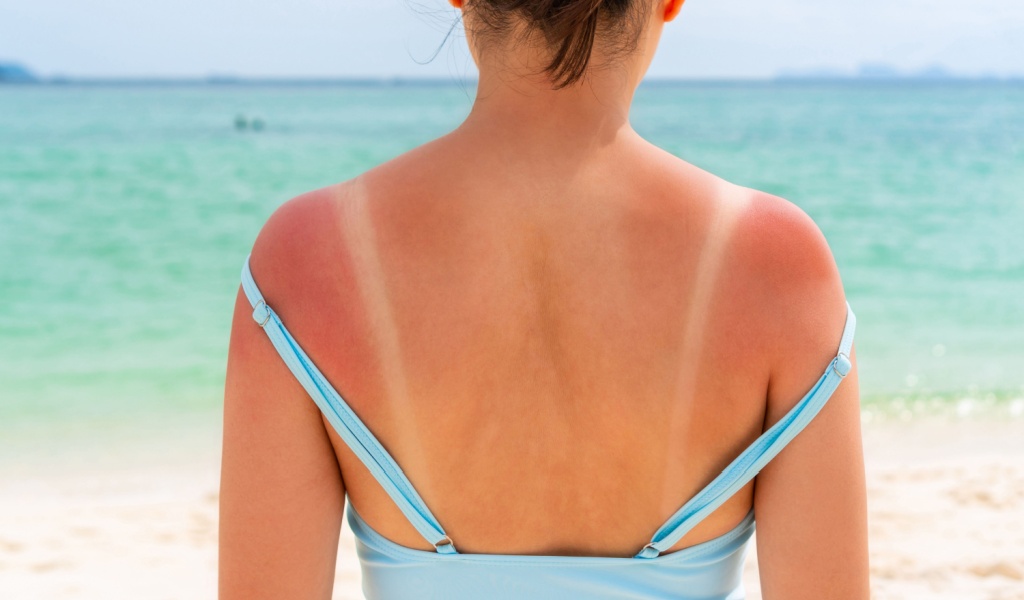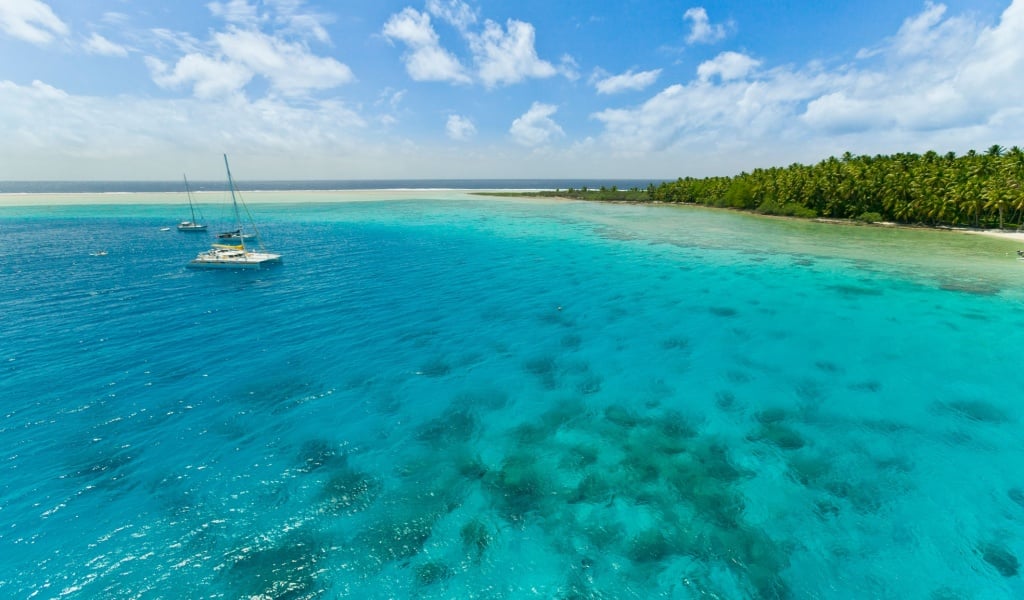Hello there, beach addicts! If you love catching waves by the shore, the thought of a shark attack has likely popped into your mind once or twice. But before you picture yourself in the middle of the ocean, surrounded by toothy sharks swirling around you, let’s relax and check out some actual beach hazards that we usually don’t pay attention to in the sea or sand.
Warning: not all of them are as dramatic as an encounter straight out of Jaws!

Sharks? Really?
Let’s first tackle the giant, finned elephant in the room. Although shark attacks make fascinating headlines, they are extremely rare. According to research, the odds of a shark attack are 1 in 11.5 million, and the odds of one resulting in death are closer to 1 in 300 million. That’s like the same odds of you winning the lottery! You’re more likely to die from getting hit by lightning or fireworks, in a lawn-mower-related accident, or by riding a train!
So, let’s pay attention to some beach hazards that are more likely to happen and destroy your beach day.
Rip Currents
Rip currents are widespread, and they can be tricky at times. If you’re not prepared, avoiding these strong currents that sweep swimmers away from the shore can be challenging. However, you can be safe by learning what to do in such situations.
Identifying a part of the surf that looks different from the rest of the water is the easiest way to spot a rip current. You might spot a break in the waves or foam moving away from the shore. Remember not to fight it if you accidentally find yourself in one. But do remember to swim parallel to the shore until you are free from the current, and then swim back to land. Anyway, if you’re unsure what to do, the best thing is to swim where lifeguards are on duty!
Sand
Have you ever felt your feet roasted when walking barefoot across the hot sand? Yes, sand can actually be hazardous. Hot summer sand can cause blisters, foot burns, or some discomfort. To avoid this problem, wear beach-friendly footwear or walk across the sand in the early morning or late afternoon when the sand is colder.
Also, don’t forget about the sneaky threats hiding under the sand. Rocks, shells, and pieces of broken glass can convert a barefoot stroll into a hospital visit! Wear beach shoes as an extra precaution, and always watch where you’re walking.
Jellyfish
Jellyfish are the biggest pranksters of the sea. Though frequently invisible, they live underwater and are always ready to sting you. Most cases of jellyfish stings are mild and harmless, causing only slight irritation; however, some cases can be severe. Rinse the area with vinegar to weaken the poison if you get stung, and seek medical care if the reaction worsens. Stay informed on local jellyfish activity, and do not swim in areas where they’ve been spotted to stay safe.
Sunburns
Enjoying the sun in moderation is good, but overexposure can be a problem. Sunburns not only make you feel uncomfortable but also have long-term effects on your skin health. Remember to apply a layer of sunscreen with a high SPF and reapply it frequently, especially after sweating or swimming.

Beach Erosion and Hazardous Structures
Not every beach hazard is in the water, but plenty exist along the shores. Unaware surfers might be surprised by uneven sandbanks and unsafe drop-offs caused by beach erosion. Neglected piers or abandoned beach equipment can pose a serious threat to people. Always look out for fences or warning signs, be mindful of unfamiliar structures, and inform the local authorities if you notice anything unusual.
Insect Bites and Allergic Reactions
Insects such as mosquitoes and sand fleas can ruin your beach day. Their bites primarily only result in itching and irritation, but some can cause severe allergic reactions. Make sure to use insect repellent and wear long clothes to protect yourself from these tiny pests.
Beach Wildlife
It’s always advisable to be cautious of sea animals, even if they seem to be minding their own business. If provoked, crabs and some fish can bite or sting you, which can be extremely painful. Also, don’t forget about the seagulls that take any opportunity to snatch food or personal belongings. These feathered gangsters can sometimes be violent, too!
Enjoying animals from a distance is always better. To be safe, avoid interacting with or feeding sea animals. This helps maintain the natural balance of the beach environment and keeps you and the wildlife safe.
Dehydration
Dehydration is a beach hazard that is frequently overlooked. The sun can drain all the moisture from your body faster than you think, especially if you’re going for a walk on the shore or playing sports. Don’t wait until you feel thirsty to drink enough water. Make sure to keep yourself hydrated at all times to enjoy the beach and the sun.
In Conclusion
Shark attacks are the least of your concerns when it comes to beach safety. You can ensure that your day at the beach is fun and trouble-free by being aware of these hazards. So, the next time you hit the beach, remember the beach hazards you’ve been neglecting pose a more significant threat than the sharks.
Stay aware and prepared while enjoying the surf and sun! May your worries be about sunscreen and sandcastles as you enjoy the beach! Happy beachgoing!



